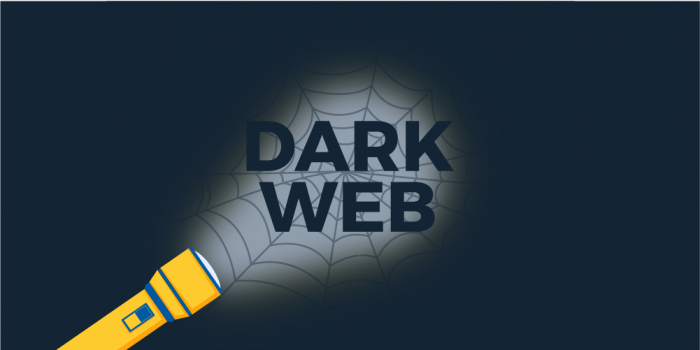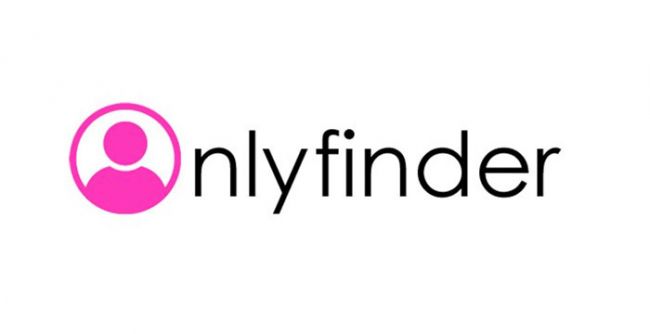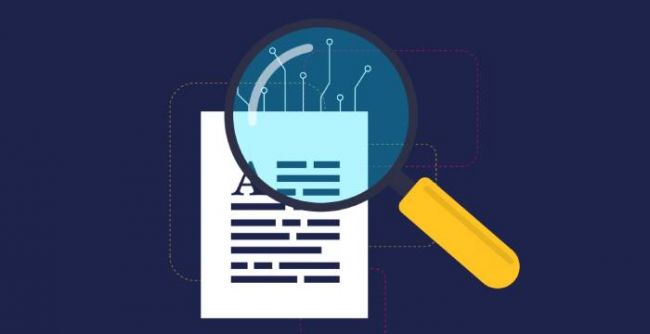Data is the lifeblood of modern businesses. According to statistics, three in five organizations use data analytics to drive business innovation and success. But what happens when that data falls into the wrong hands, specifically onto the dark web? If your company's data is circulating in hidden corners of the internet, it's not just a warning sign but a red flag requiring prompt action.
How Does Business Data End Up on the Dark Web?
Data leaks don't always stem from high-profile breaches. They can often start with a single compromised email address or employees unknowingly clicking on phishing links.
From there, threat actors can escalate their access, exfiltrate data, and either sell or publicly share that information on dark web platforms. Stolen data can range from corporate email credentials to sensitive financial documents or even admin access to cloud services and software platforms.
This data is used for various malicious purposes, including corporate espionage, blackmail, phishing campaigns, and, in some cases, creating fake business identities for fraudulent activities.

Why Is It a Big Deal?
It goes without saying that the consequences of having your business data on the dark web are severe and can lead to:
- Reputational damage: If customers' personal data is involved, they may lose trust in your business.
- Financial impact: Hackers can access bank accounts, perform wire fraud, and make ransom demands.
- Legal actions: Depending on the sensitivity of the data, fines and penalties may be imposed for non-compliance with laws such as the GDPR and CCPA.
- Operational disruption: A cyberattack can bring your business to a halt — 60% of small businesses fold within six months of a cyberattack.
Even a minor leak can lead to a broader security breach, particularly if it contains login credentials or sensitive customer information.
Signs Your Business May Be Compromised
Some early warning signs that your information may have been leaked or is at risk of surfacing on the dark web include unexpected logins to internal systems or cloud platforms. Customers may start reporting phishing emails that seem to come from your company. You may also notice sudden password changes or account lockouts. It is also worth checking for unusual financial activity or signs of attempted fraud.
If you're worried that you might not notice these signs, you can use specialized services like NordStellar, which automatically monitor for data breaches, detecting them before stolen data can be exploited. Such tools offer real-time alerts, helping you address risks before they cause significant damage.
What to do if Your Data Ended Up on the Dark Web
But what if you failed to notice the signs and didn't use any automated tools? While discovering your business data on the dark web can be alarming, it's not the end of the road. There are several steps you can take to protect your company, customers, and reputation:
Secure All Affected Accounts Immediately
Change the passwords on every account connected to the exposed data. Your new password should be strong and unique and contain at least 16 characters. If your workers use the same credentials across systems, ensure you change them as well.
Enable multi-factor authentication (MFA) whenever possible. This feature provides an additional layer of security even if an intruder has your password.
Isolate and Investigate
If you notice a system breach, isolate the affected systems from the network to prevent further damage.
Conduct a thorough investigation to figure out:
- How did the leak occur?
- Which systems or people were compromised?
- What else could be in danger?
Cybersecurity professionals can help analyze logs and trace suspicious activity to get a clear picture.
Inform the Right People
Transparency is critical. Notify your internal teams, especially IT, legal, and senior management.
If customer or partner data has been exposed, let them know as well. They'll need to take precautions, and your honesty can help preserve trust.
In some regions, you're legally required to report a data breach to authorities or regulators. Make sure you understand your legal responsibilities and act accordingly.
Scan the Dark Web
Monitoring the dark web for exposed data is an important step after discovering a breach. Dark web monitoring tools scan underground forums, hacking communities, and illicit marketplaces where cybercriminals often sell or trade stolen data. By using advanced detection algorithms, these tools identify compromised information linked to your company and provide real-time alerts.
Monitor for Further Threats
Just because the data has appeared once doesn't mean the threat has passed. It's important to keep monitoring for ongoing signs of compromise.
Watch for unusual login activity that could indicate unauthorized access. Be alert to suspicious emails or phishing attempts targeting your team. Also, keep an eye out for any unauthorized changes to company accounts or settings.
Strengthen Your Defenses
Now is the time to take a closer look at your cybersecurity practices and address any vulnerabilities. Start by updating all software and security systems to ensure they're fully patched. Take the time to review who has access to sensitive data and whether those permissions are still necessary. Finally, audit your third-party vendors to ensure they meet your security standards.
A breach can be a wake-up call to build a stronger, more secure business.
Post Comment
Be the first to post comment!


